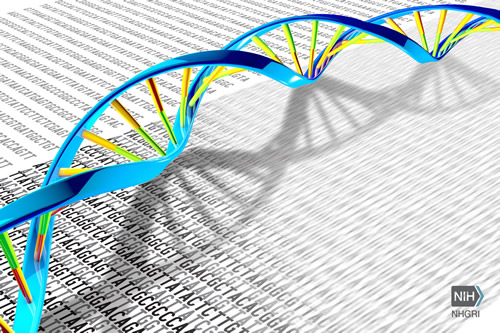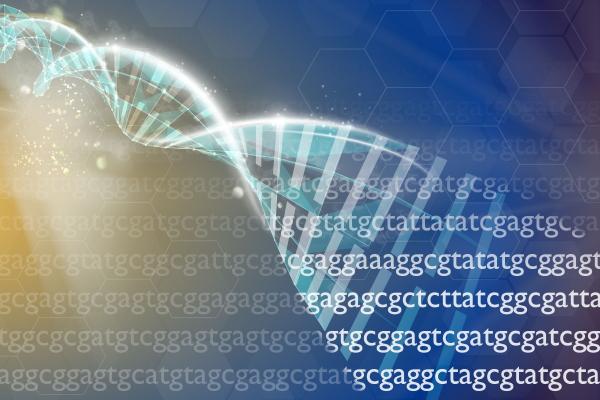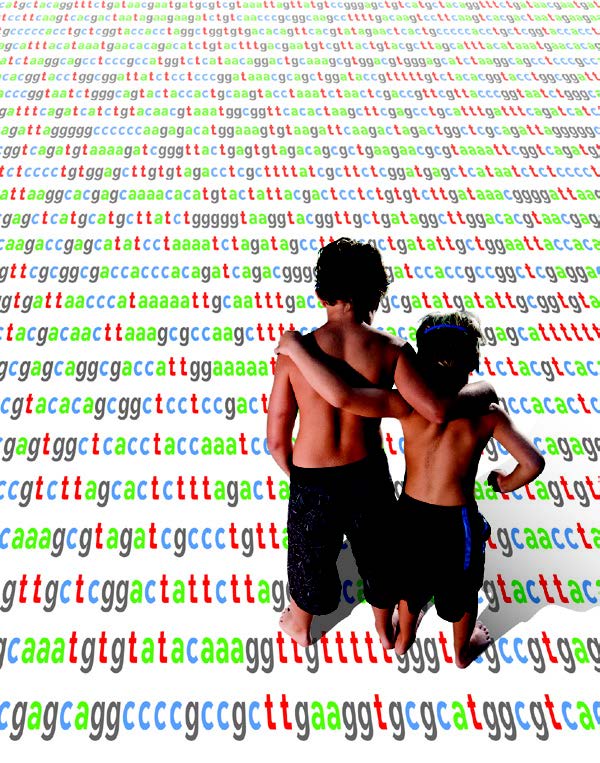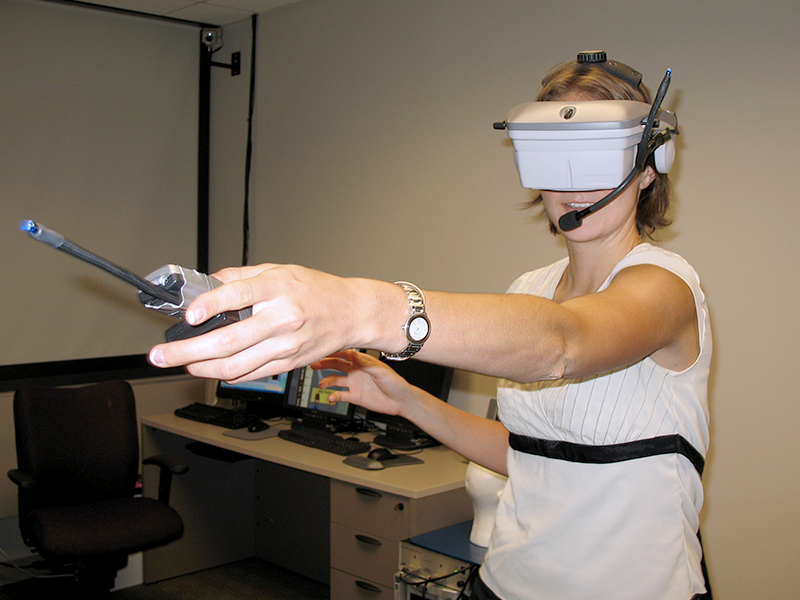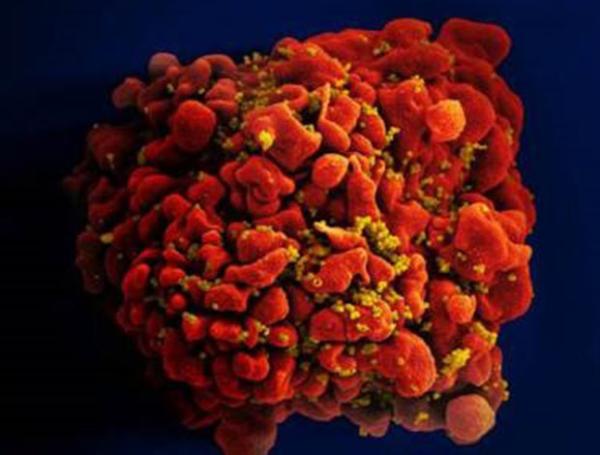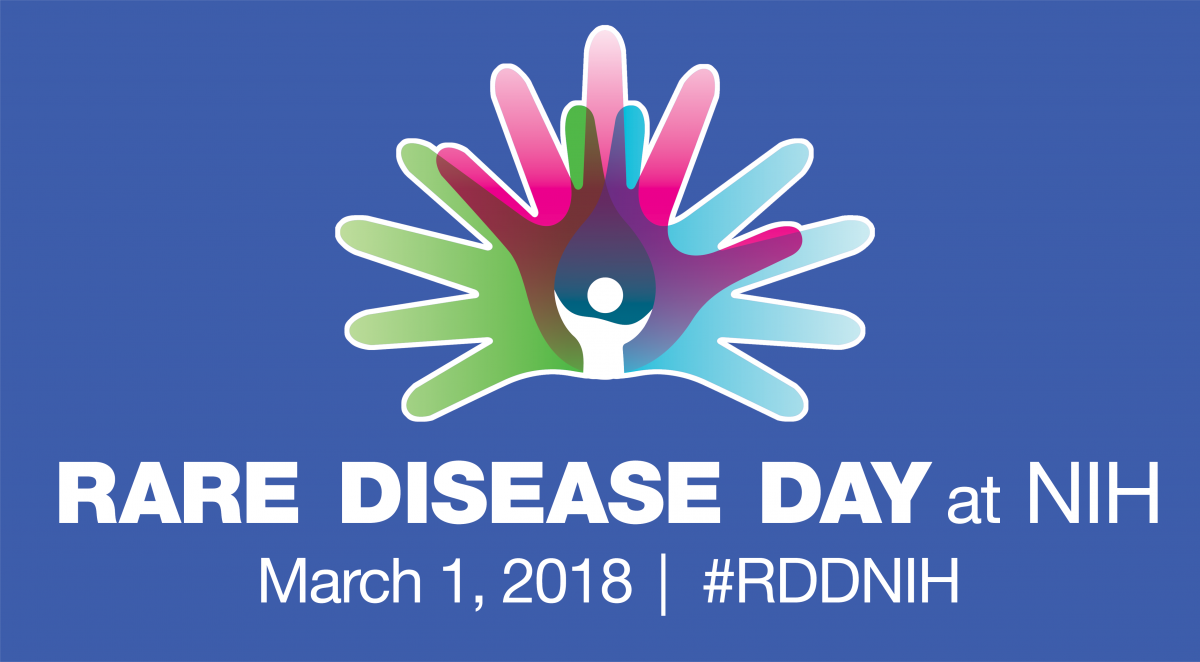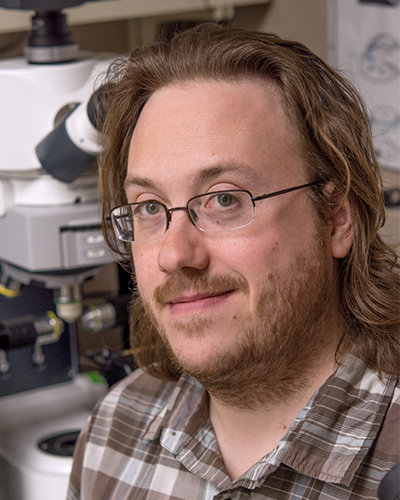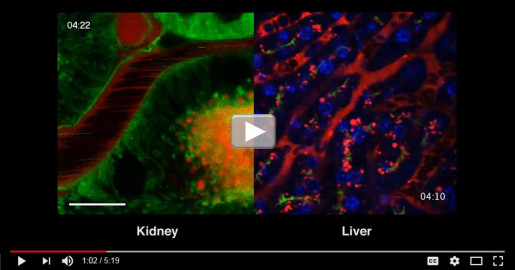Plugging the Gaps in the Human Genome
Supercomputing Helps IRP Researchers Complete Our Genetic Blueprints
While the Human Genome Project accomplished a remarkable feat in sequencing all the genes in the human genome, technological limitations still left significant swaths of our genetic blueprints unexplored. Recent advances in DNA sequencing are starting to fill in those gaps, but these new technologies require new computational tools to make sense of the data they generate. That’s where computer scientists like the IRP’s Adam Phillippy, Ph.D., come in.

